Curepipe Curepipe is by far one of the most densely populated areas within Central Mauritius, and...
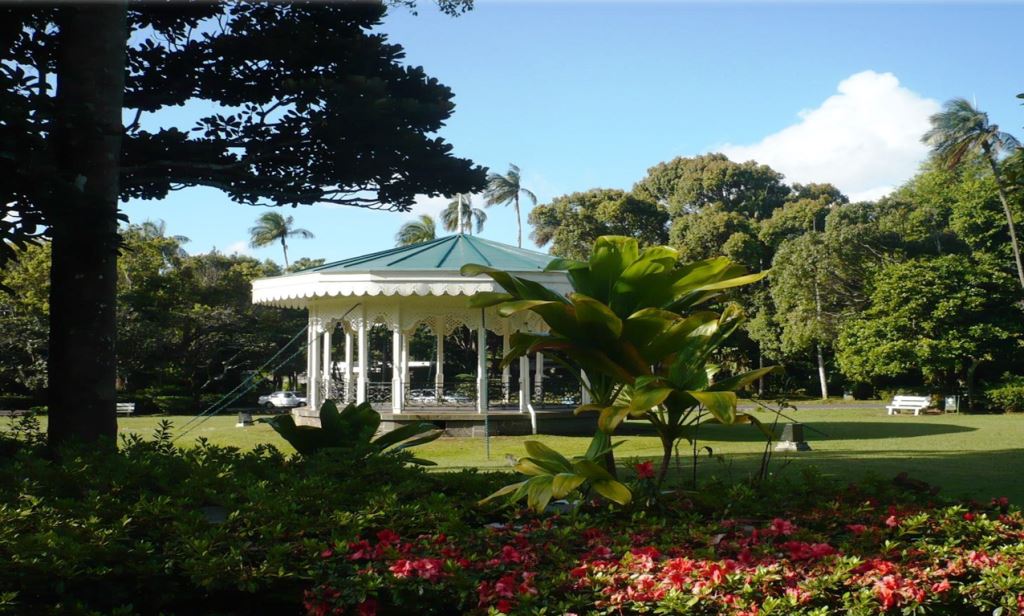

Curepipe Curepipe is by far one of the most densely populated areas within Central Mauritius, and...
Features information that is relevant to travellers who are thinking about and actively planning a visit to Mauritus.
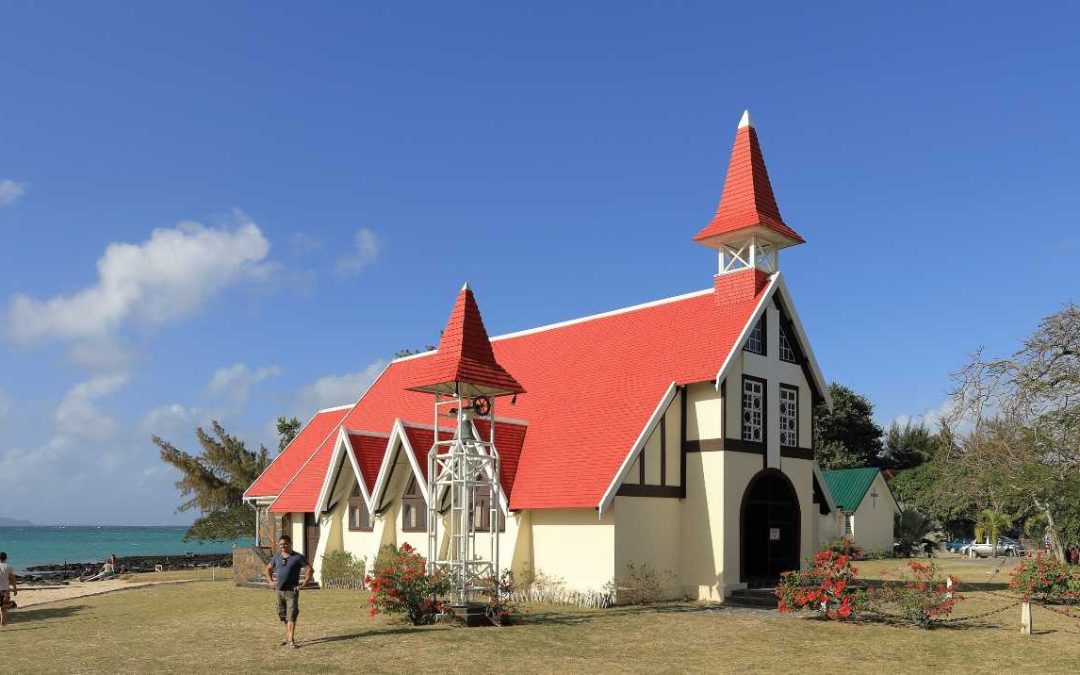
Situated in a small fishing village of Cap Malheureux, the Notre Dame Auxiliatrice is one of the oldest churches that stood witness to one of the most written-about wars between the French and the British over the control of the island.
“Cap Malheureux”, translates to “Unfortunate/Unhappy Cape”, due to the numerous ships which floundered there in the past. The church was built as a commemorative landmark to the shipwrecks that happened. It is also known by the name “the red roof chapel” and is renowned for its aesthetic value as well as historical significance. The church boasts intricate woodwork and a holy-water basin fashioned out of a giant clamshell. With a bright red roof, the church is one of a kind and a picture-perfect postcard-worthy attraction in Mauritius.
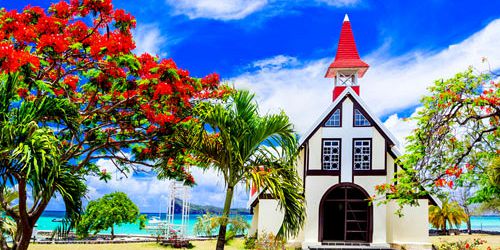
This simple chapel was founded in 1938 and is dedicated to the Virgin Mary. It is situated ideally at the very northern point of Mauritius, offering breathtaking views of the five northern islets, including Coin de Mire (Gunner’s Quoin).
This Church draws in as many tourists as worshippers. On Sunday mornings, many tourists can be found joining the mass. Surrounding area is a popular spot for newlyweds to have their pictures taken. A sign strictly prohibits newlyweds ‘faking’ a church wedding for the photographers here, but newlyweds, genuine or otherwise, with their photographers are a common sight in the church grounds.
There is a pretty little beach right behind its main building.The church also boasts a wonderful choir that’s well known in the country.
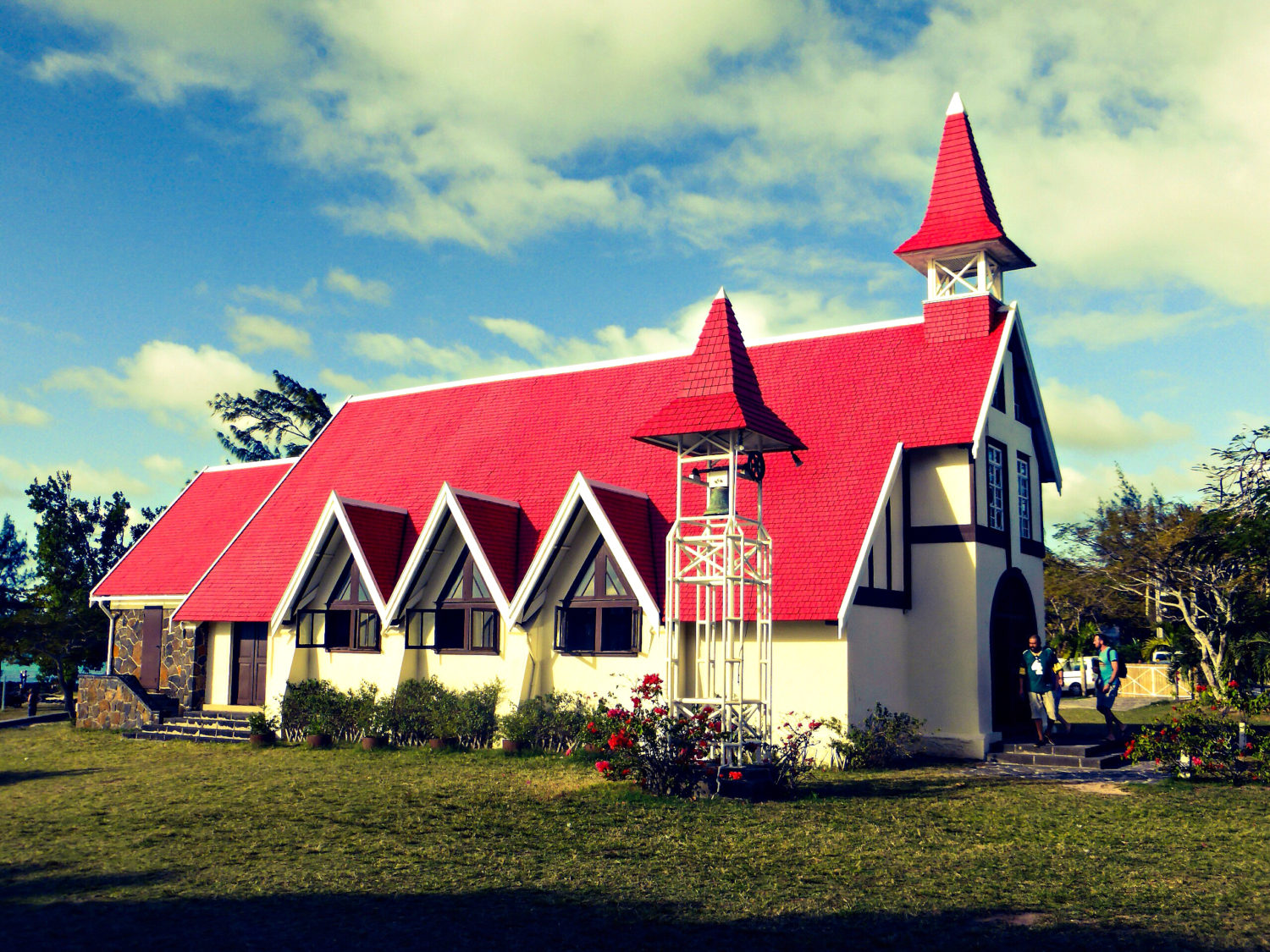
Some believe the church was named after the sinking of the vessel Saint Geran on 18 August 1744, which inspired Bernardin de St Pierre to write his famous novel “Paul and Virginie”. While others believe it owes its name to the numerous shipwrecks that occurred in this area at the beginning of the colonization of the island.
It is also the landing point of the British onto the island in 1810, to attack the French. The French who occupied the island then, named it the Cape of Misfortune after the British surprised them by attacking the north of the island instead of the island’s harbour in Mahébourg and took possession of the island.
The area also houses a marine cemetery and a Hindu temple.
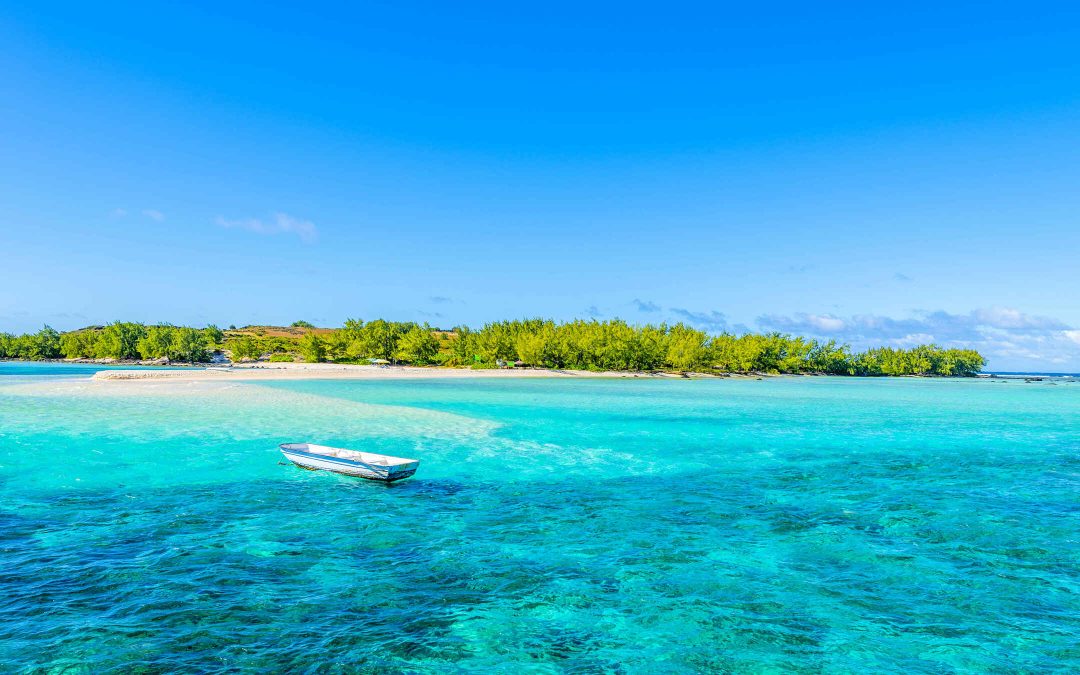
Le Plate Island is also known as Île Plate and Flat Island. The island is located 11 kilometres north of Cap Malheureux, the main island’s northernmost point. It is part of the administrative area of Rivière du Rempart District. The small nature reserve of Coin de Mire lies between the two islands, Îlot Gabriel and Pigeon Rock.It covers an area of 2.53 square kilometres. The area is in danger of possible submersion due to the historical rise in the sea-level
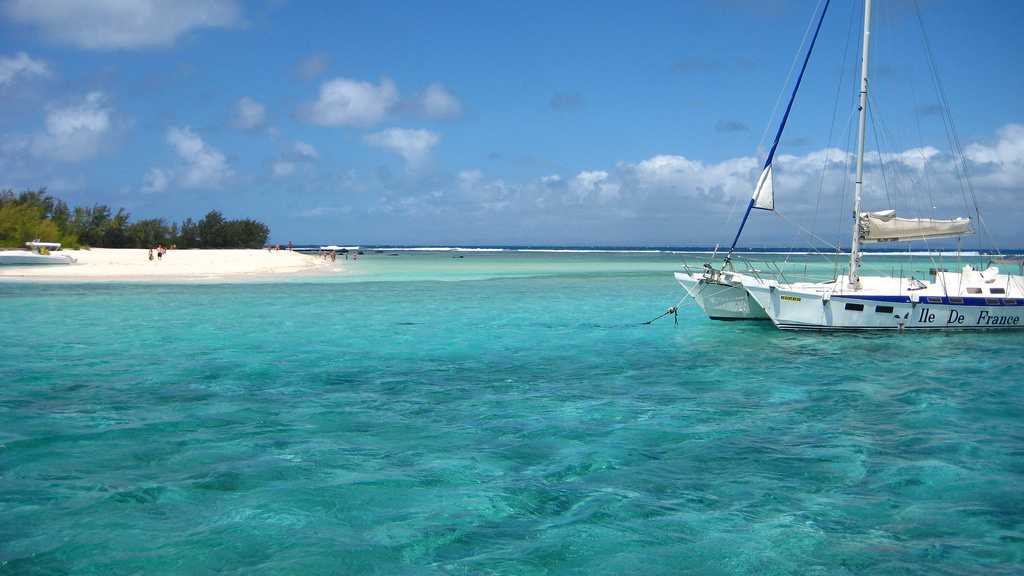
Le Plate Island is uninhabited, though there is a small army base on the island. This the largest islet of Mauritius with an extent of 253 hectares.
Historical significance of Flat Island is that it served as a quarantine station from the mid-19th century to the 1930s. It was reserved for immigrants to Mauritius, mostly indentured labourers, undergoing quarantine for cholera, although it was sometimes used during other epidemic outbreaks such as smallpox and malaria.
Infrastructure built between 1856 and 1870 consisted of stone and wooden buildings comprising living quarters and offices for medical, police, and immigration officials.Kitchens, stores, toilets, privies, two hospitals, and a distillation plant used for water supply were also constructed. Many of these structures are still preserved.
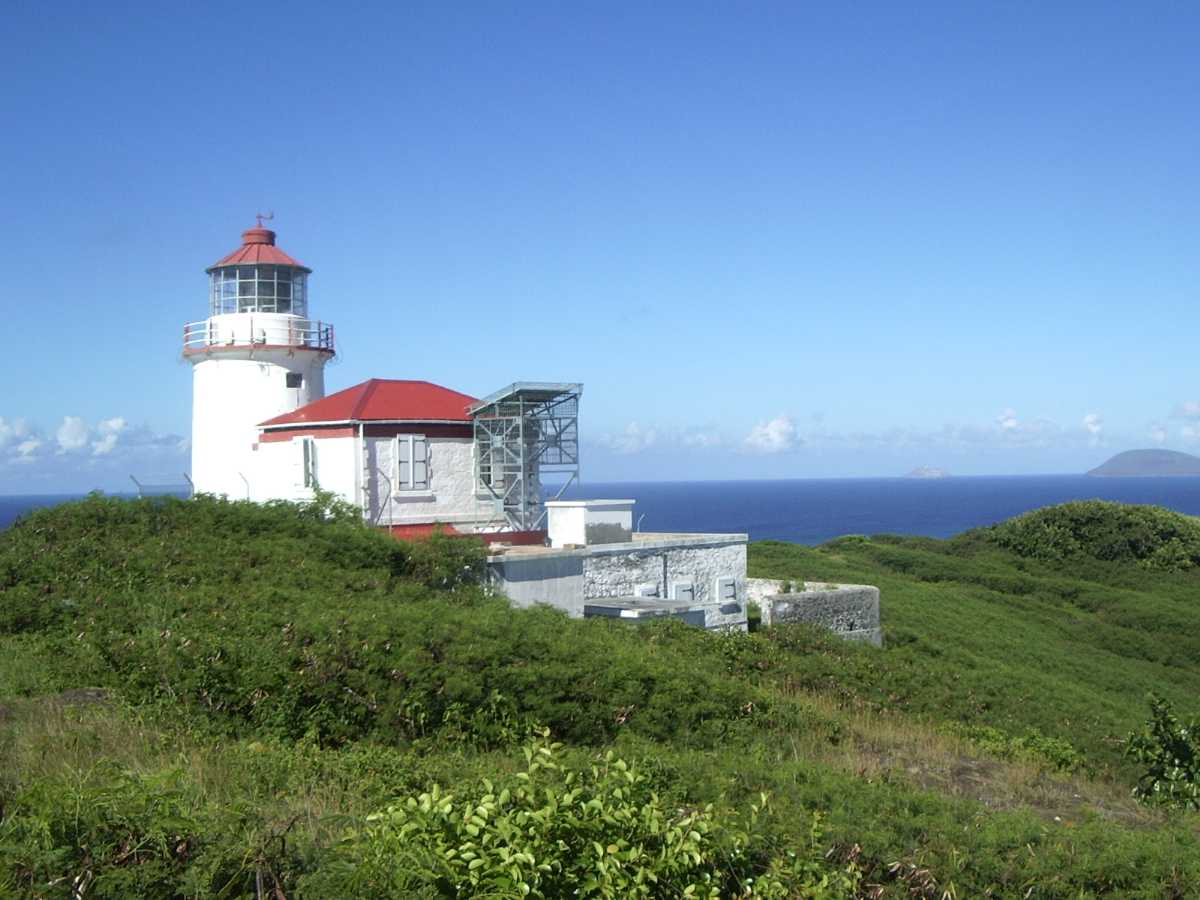
A lighthouse, built in 1855, on the southwest side of the island is still operational.
Le Plate Island is a popular venue for snorkellers, and access to the island is possible via chartered yacht and catamaran. Pigeon Rock harbors an internationally famous dive site called The Shark Pit where divers can witness sharks swirling within the pit for the rich oxygen available due to the crashing waves against the cliffs of Pigeon Rock. The place is popular among tourists as well as locals.
Nearest hotels and restaurants are found only in Cap Malheureux. Breakfast and lunch is served in the catamaran.